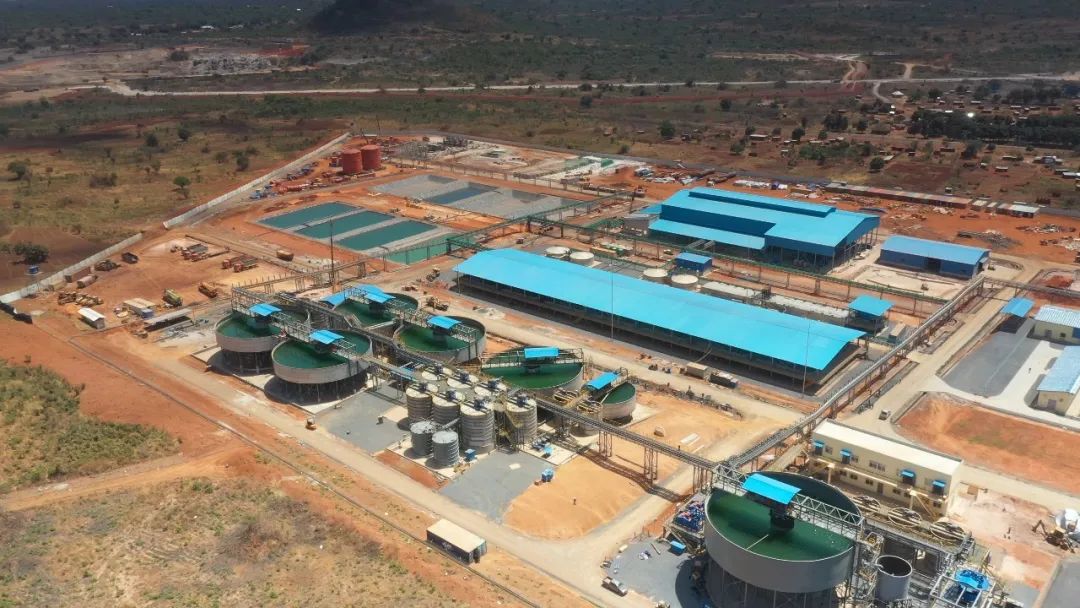Understanding China’s Belt and Road Initiative
By Peter Cai, Lowy Institute for International Policy
Implementation Challenges: Lack of Bankable Projects and Moral Hazard
Chinese leader Xi Jinping launched OBOR at the end of 2013. Three coordinating government agencies (the National Development and Reform Commission, the Ministry of Foreign Affairs, and Ministry of Commerce) issued the first official blueprint on OBOR, the ‘Vision and Actions on Jointly Building Silk Road Economic Belt and 21st Century Maritime Silk Road’, just two years later in March 2015. However, there has been slow progress in terms of the implementation of projects outside of China.
At a recent OBOR work conference chaired by Vice-Premier Zhang Gaoli, a member of the Politburo Standing Committee who is overseeing the initiative, Xi urged for some signature projects to be implemented quickly, showing tangible benefits and early success. He wanted the focus to be on infrastructure projects that improve connectivity, deal with excess capacity, and trade zones. “We need to get some model projects done and show some early signs of success and let these countries feel the positive benefits of our initiative”, he told a large gathering of senior party officials and business people. Xi is not happy with the lack of progress, not least because OBOR is part of his political legacy. But the initiative faces multiple, formidable challenges.
First, there is a significant lack of political trust between China and a number of important OBOR countries. Perhaps the best example of this is India. The country’s Foreign Secretary Subrahmanyam Jaishankar has said OBOR is a unilateral initiative and that India would not commit to buy-in without significant consultation. Sameer Patil, a former assistant director at the Indian National Security Council and a researcher at foreign policy think tank Gateway House, says the China– Pakistan Economic Corridor project is a major obstacle to Indian involvement in the initiative.
A second problem is that nearly two-thirds of OBOR countries have a sovereign credit rating below investable grade. Some key OBOR countries such as Pakistan are unstable, which poses significant security risks to Chinese companies as well as personnel working there. The Pakistani military has, for example, promised to raise a special military unit of 12 000 soldiers to protect China–Pakistan Economic Corridor projects.
A third problem is caution on the part of over-leveraged and risk-averse Chinese financers. After Xi announced OBOR, Chinese state-owned financial institutions followed with a raft of policies that echoed the president’s grand vision. China Development Bank, which is expected to play a key role in financing OBOR, says it is tracking more than 900 projects in 60 countries worth more than US$890 billion. Bank of China, which has the largest overseas networks, pledged to lend US$20 billion in 2015 and no less than US$100 billion between 2016 and 2018.56 Industrial and Commercial Bank of China (ICBC) has been looking at 130 commercially feasible OBOR-related projects worth about US$159 billion. It has financed five projects in Pakistan and has established a branch in Lahore.
Yet, despite these public pledges of support, many Chinese bankers and especially those from listed commercial banks such as ICBC are concerned about the feasibility of OBOR projects. They are worried about the many risks associated with overseas loans, including political instability and the economic viability of many projects. As Andrew Collier, Managing Director of Orient Capital Research, has noted: It is pretty clear that everyone is struggling to find decent projects. They know it’s going to be a waste and don’t want to get involved, but they have to do something.” Collier gave an example of one Beijing bank that he said had stopped lending to rail projects in risky places such as Baluchistan in Pakistan.
A chief investment officer from one of China’s largest state-owned financial institutions also told the author about his own reservations: “I prefer to invest in places like Canada and Australia, where I can get safe and decent returns. However, where I have been ordered to invest in OBOR countries, I will only allocate the minimum amount.”
The reservations of Chinese financiers and businesspeople about OBOR also need to be seen in the context of the worsening debt problem within China’s financial system, especially the number of non-performing loans on banks’ balance sheets. This rapid pile-up of debts took place after the country’s massive stimulus package of 2008. China’s leading business magazine, Caixin, has suggested that OBOR could produce a repeat of 2008. Influential economic policymakers in China are also concerned that the political impetus behind OBOR could drive China into investing in white elephant projects abroad. They are worried that some countries will take advantage of OBOR and sign up to Chinese projects with no intention of repaying the loans.
Yiping Huang, an influential economist who sits on the Chinese central bank’s monetary policy committee and a former investment banker, has argued that China needs to proceed cautiously on OBOR projects: “The most effective way to promote the initiative is by getting one or two projects done. If they turn out to be effective, it will be easier to take the next step. If early projects are disastrous, the future path will be hard.”
Huang has also noted the efforts to develop the country’s western region largely failed because the state ignored the fundamental economic issue of ensuring a return on assets.
There are indications that Chinese financiers are demanding tougher terms to ensure OBOR projects are financially viable over the longer term. Negotiations with the Thai Government over the building of a high-profile rail project were hamstrung by disagreements over interest rates, among other things. Chinese financiers demanded a 2.5 per cent return on their concessional loan while the Thai Government wanted 2 per cent, the same rate Beijing offered to Jakarta. When Chinese bankers insisted on 2.5 per cent Bangkok said it would finance the project itself. Xue Li, a senior researcher at the Chinese Academy of Social Sciences and a member of a semi-official OBOR expert panel, says China is likely to lose money on the Indonesian high-speed rail deal, which Beijing is treating as a one-off special case and does not want the generous funding terms to become the norm.
Conclusion
OBOR is President Xi’s most ambitious foreign and economic policy initiative. Much of the recent discussion has concerned the geopolitical aspects of the initiative. There is little doubt that the overarching objective of the initiative is helping China to achieve geopolitical goals by economically binding China’s neighbouring countries more closely to Beijing. But there are many more concrete and economic objectives behind OBOR that should not be obscured by a focus on strategy.
The most achievable of OBOR’s goals will be its contribution to upgrading China’s manufacturing capabilities. Given Beijing’s ability to finance projects and its leverage over recipients of these loans, Chinese made high-end industrial goods such as high-speed rail, power generation equipment, and telecommunications equipment are likely to be used widely in OBOR countries. More questionable, however, is whether China’s neighbours will be willing to absorb its excess industrial capacity. The lack of political trust between China and some OBOR countries, as well as instability and security threats in others, are considerable obstacles.
Chinese bankers will likely play a key role in determining the success of OBOR. Though they have expressed their public support for President Xi’s grand vision, some have urged caution both publicly and in private. Their appetite to fund projects and ability to handle the complex investment environment beyond China’s border will shape the speed and the scale of OBOR. There is a general recognition that this initiative will be a decade-long undertaking and many are treading carefully.
Please click to read the full report.




